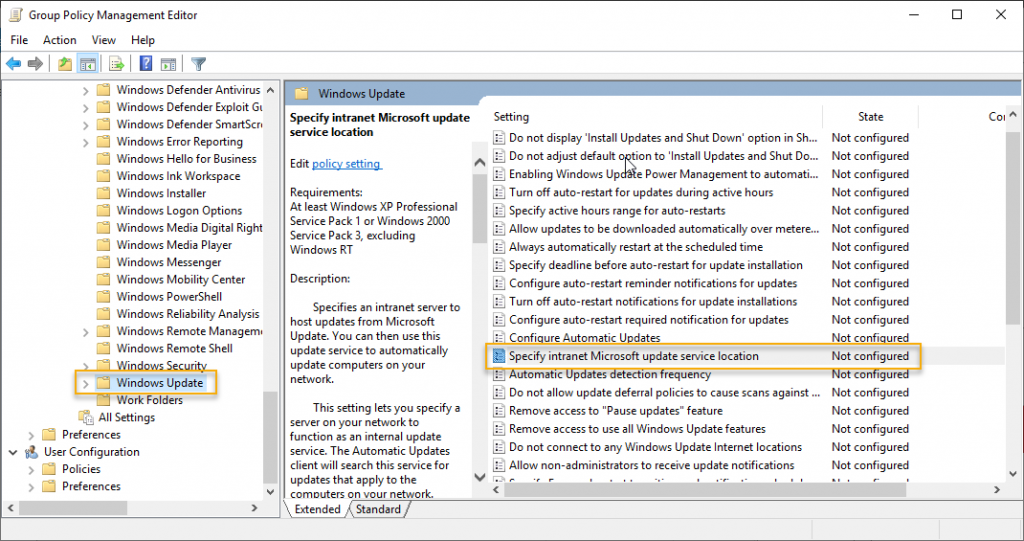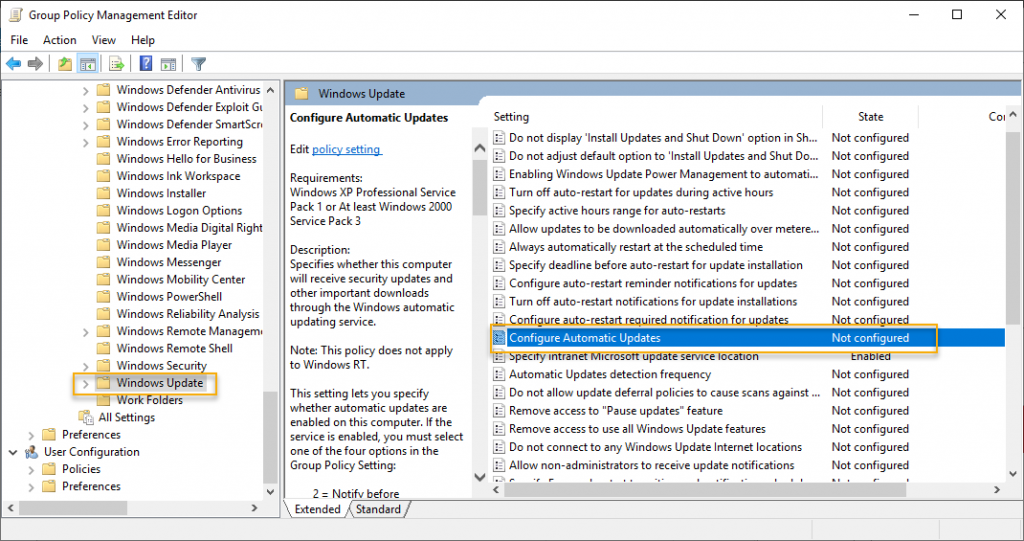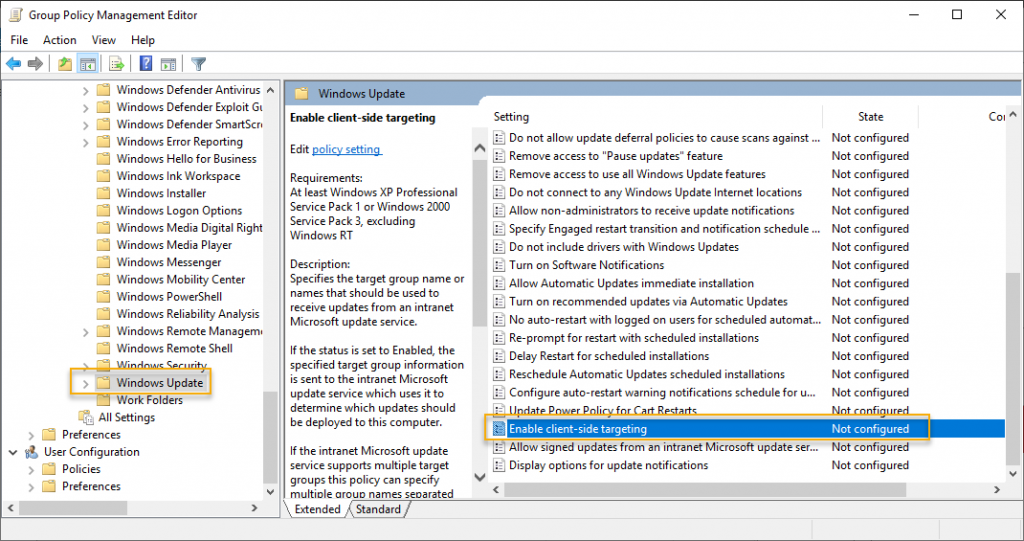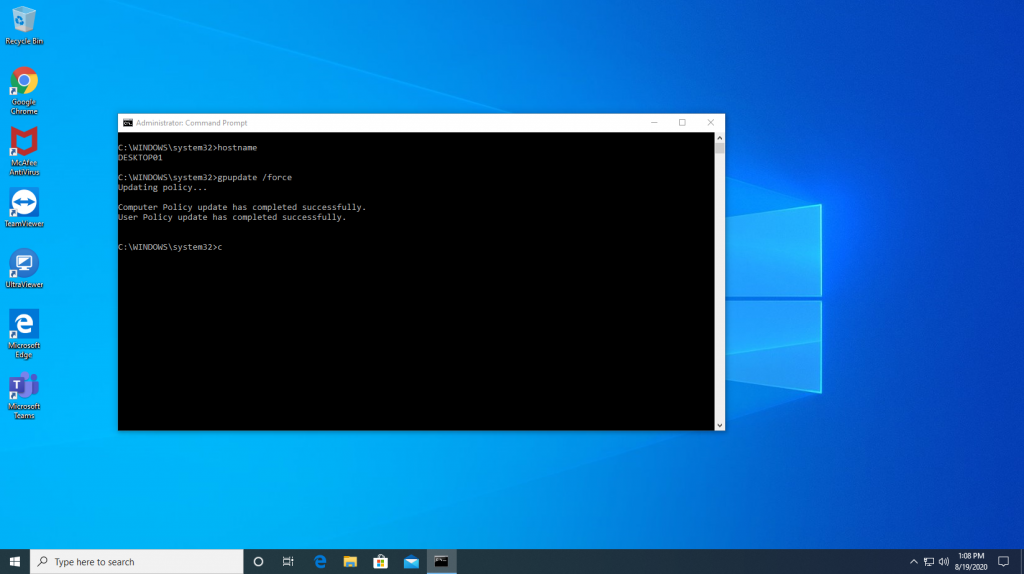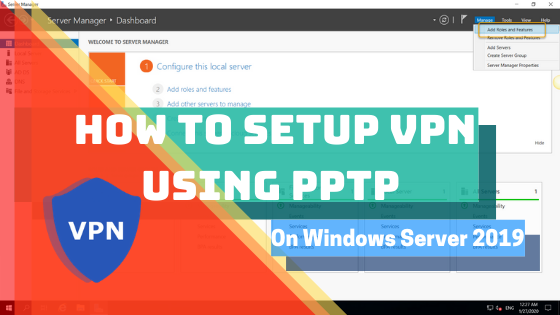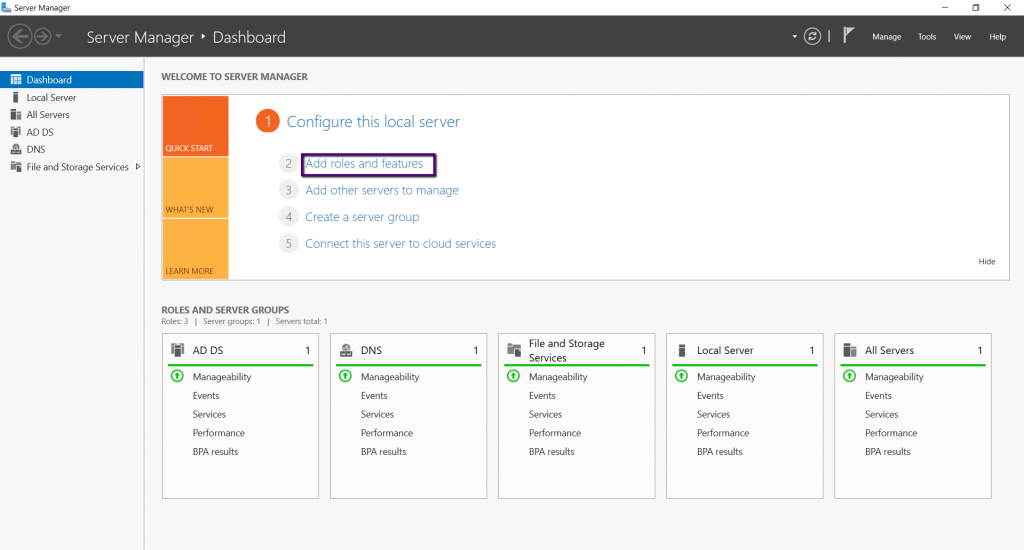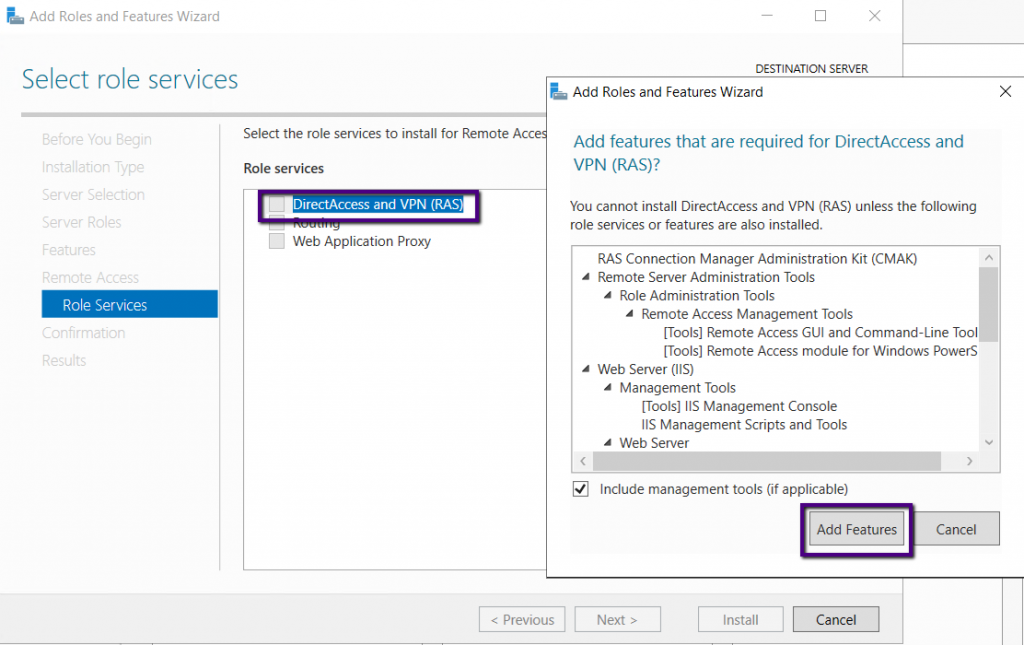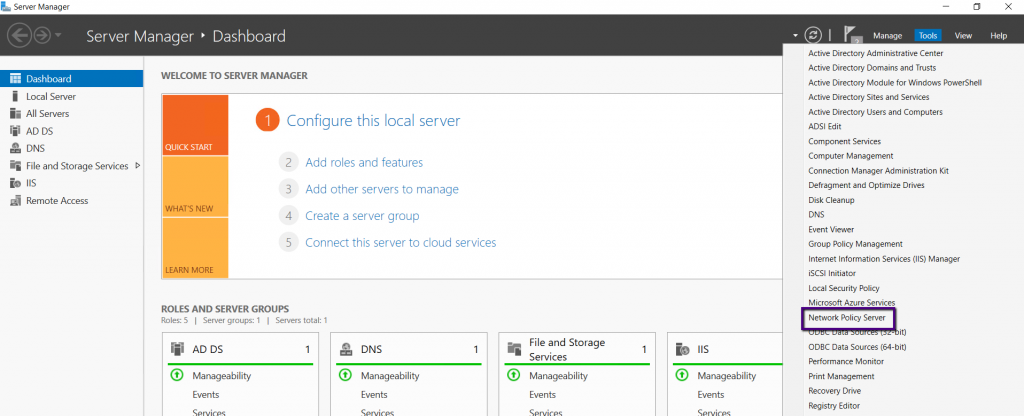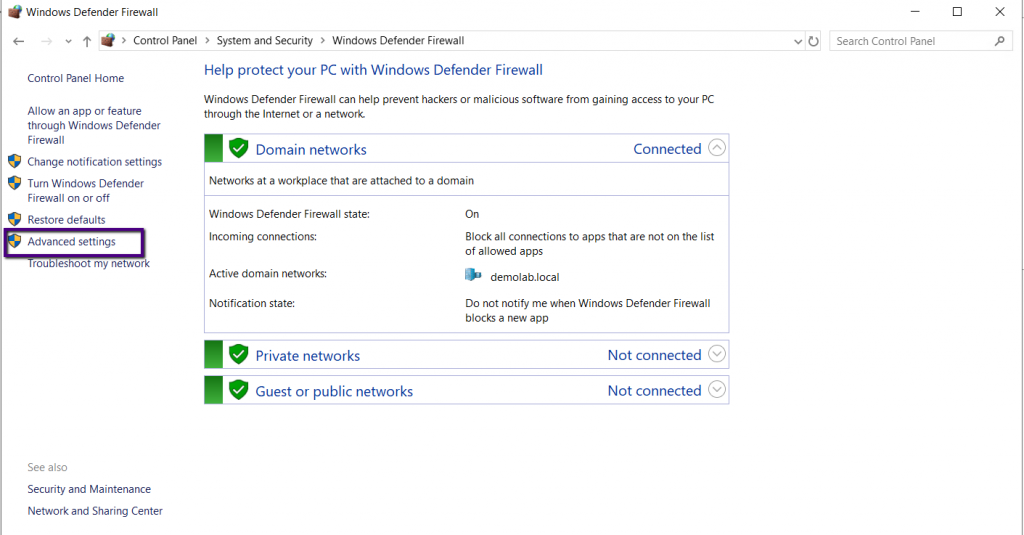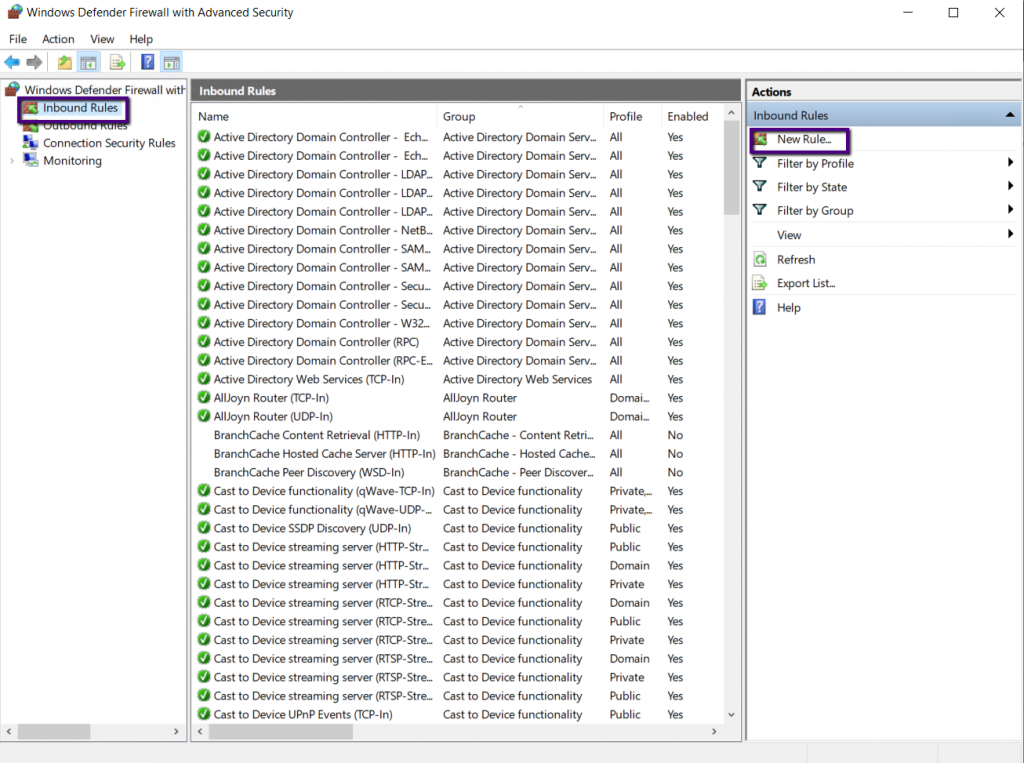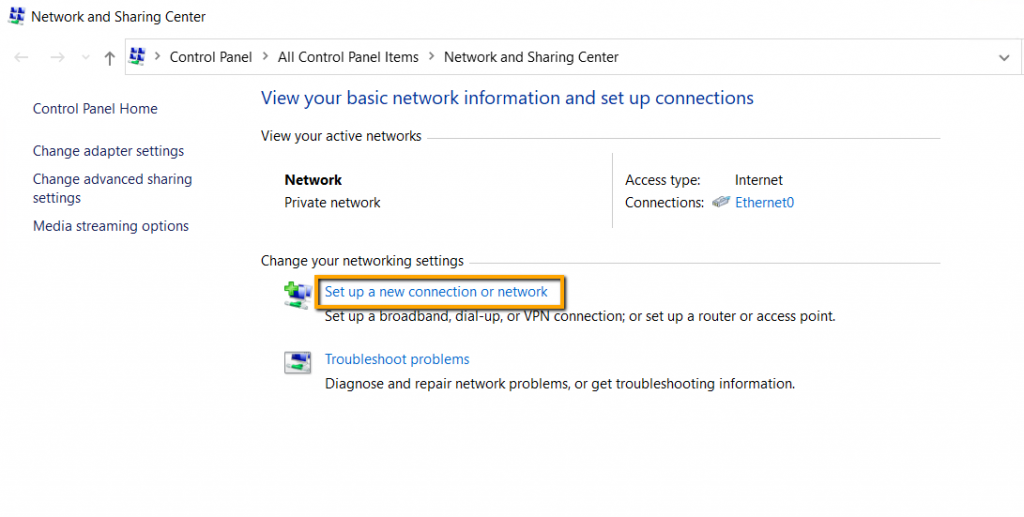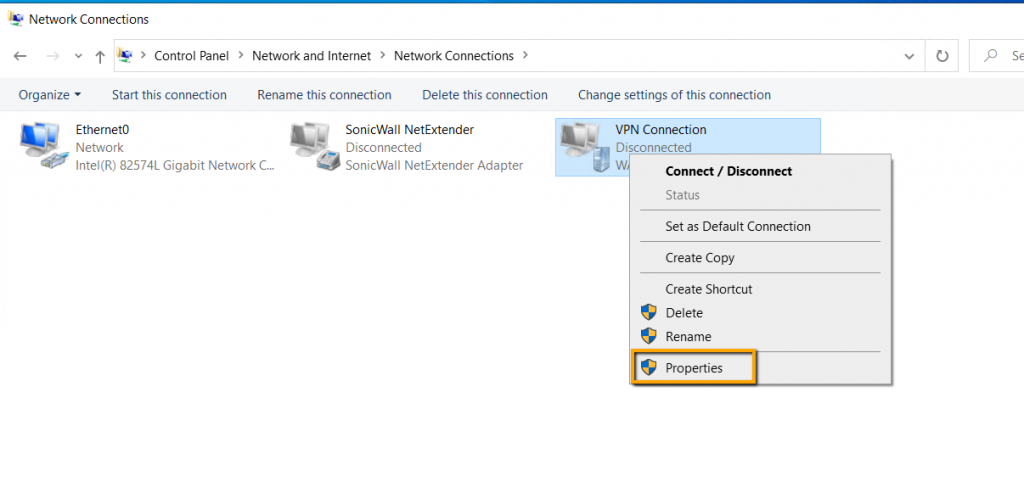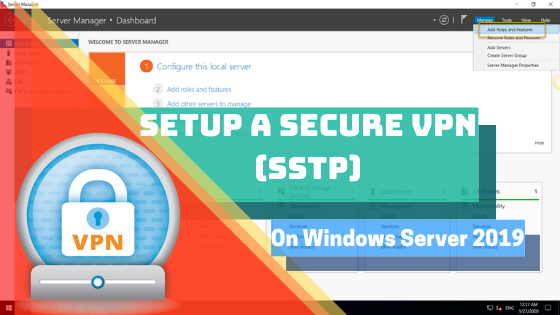Preface
Microsoft SQL Server 2019 is a new personification of the familiar relational database management system. The latest version of the Transact-SQL system gives a mission-critical performance and lowest vulnerabilities among other RDBMS servers. Microsoft SQL Server is a leading product in the database engine and management arena and used in the various level of need from SOHO environment to high transaction database server such as enterprise requirements. SQL Server 2019 Installation will be covered in this article with SQL server management studio installation access.
There are different editions of the SQL server from free express edition to Enterprise edition. The following list shows the different editions of SQL server 2019.
Express editions
Developer
Web
Standard
Enterprise
Express edition is a free and entry-level usage edition, and Enterprise is most robust in performance and data handling for high-level database transactions.
In this article, we are going to demonstrate the SQL server 2019 evaluation that gives 180 days trial to test and plan for your database needs. The installation of Microsoft SQL Server 2019 is straight forward and can be installed by any junior-level system administrators. We are also going to download and install SQL Server Management tools (SSMS) after the installation Microsoft SQL server database engine.
SQL Server 2019 Installation
You can download Microsoft SQL server 2019 from the link here https://www.microsoft.com/en-us/sql-server/sql-server-downloads#. Before starting the SQL server 2019 installation, make sure the Windows update is up to date, and the windows server is fully patched.
Once download the ISO, mount it as a DVD drive on the server that you are planning to install SQL server 2019. Double click the ISO file on the Windows server will mount the ISO file as a drive. Once the ISO file mounted, you can expand the directory on the windows explorer and right-click the setup executable file and run as administrator to start the installation.
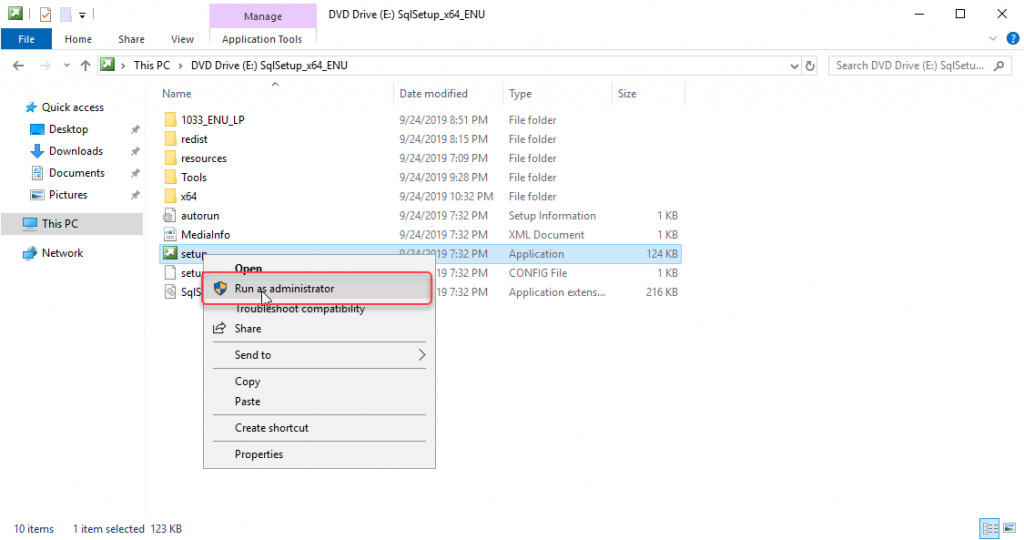
The setup executable will open the SQL Server Installation center, as shown below. On the SQL server installation center, select an installation from the left side navigation and click on the link with the description “New SQL server standalone Installation or add features to an existing installation.” Clicking on the link will start the installation.

If you have already purchased one of the SQL Server editions, you can enter the product key and continue the installation, or you want to try the SQL server before buying the software, you can select Evaluation and continue with the installation. This is just a demonstration, so I choose Evaluation from the dropdown. Click Next to continue once the proper installation edition is selected.

The next page is agreeing to license terms, and you need to go through the license terms before continuing the installation. Once you have gone through and agree to the license terms, select the “I accept license terms and privacy statement” checkbox and click Next.

It is recommended to check for Microsoft updates before starting the installation, check the box neat to “Use Microsoft Update to check for updates” and click Next.

On the next screen, Install Rules would check various problems. In this demonstration, Install rules warned about the 1433 inbound rule on the Windows firewall to open for SQL server accessed from other servers or client computers. Click Next to continue the installation.

On the Features selection of setup wizard select the database engine feature and the installation path, you can also select the other features as you need. For this demonstration, we are only focused on the installation of a database engine, select the database engine feature, and click Next.

On the Instance configuration, we either go with default instance, or you can name the instance as you want. The default instance name is MSSQLSERVER, to make administration simple, we are going to select the default instance and click Next to continue.

Service accounts are utilized to make the SQL server database engine services more secure. You must create service access on Active Directory if you are in a domain environment and provide that service account here with the credentials. We leave the service account no utilized and click Next to continue.

On the database engine configuration, you can select an access-mode which is suitable for your need. There are two authentication modes on the SQL server. The Windows authentication mode is allowed authentication happens only with the Windows credentials, for example, Active Directory environment. In contrast, Mixed Mode will give you the ability to authenticate using Windows authentication as well as the SQL server authentication. You can change the authentication mode on the SQL server properties after the SQL server installation. Add current logged in user as a SQL server administrator and select relevant mode and click Next to continue, in this demonstration we stick with Windows Authentication.

Verify the features selected for installation, if you are not happy with the features you may always go back and change the selected by adding or removing features and come back here and click install to start the installation.

The installation progress screen helps you check the progress of the installation, and you should wait until the installation shows 100% completed.

Once the status of features installation complete, you can close out the installation wizard.

Install SQL Server Management Tools
The next step in setting up the SQL server is to install SQL Server Management Tools. Go back to the installation center and remain on the installation tab on the left side navigation and select SQL Server Management tools. You will get to the download page of SQL Server Management tools.

On the download page will open on the web browser of Microsoft site. Click on download SQL Server management studio, which will download the latest version of SQL Server management tools binaries.

On the Install page of SQL server management studio, either leave the default installation path, or if you want to install other installation, you need to specify here. Once the installation path has been pointed, click Install to start the installation.

The Microsoft SQL Management Studio installation progress will give you the status of installation and the progress of the installation.

Once the installation is completed, you will get a message saying setup completed. Click close to closeout the installation wizard.

The SQL server management studio can be accessed from the Start menu of the Windows server. The management tools can also be installed on a desktop computer installed with Windows client operating system such as Windows 10.

The SQL Server Management Studio will prompt for administrator login as in the screen below. It will use the currently logged in user to access the database engine on the windows server. Click connect to open SQL server database engine.
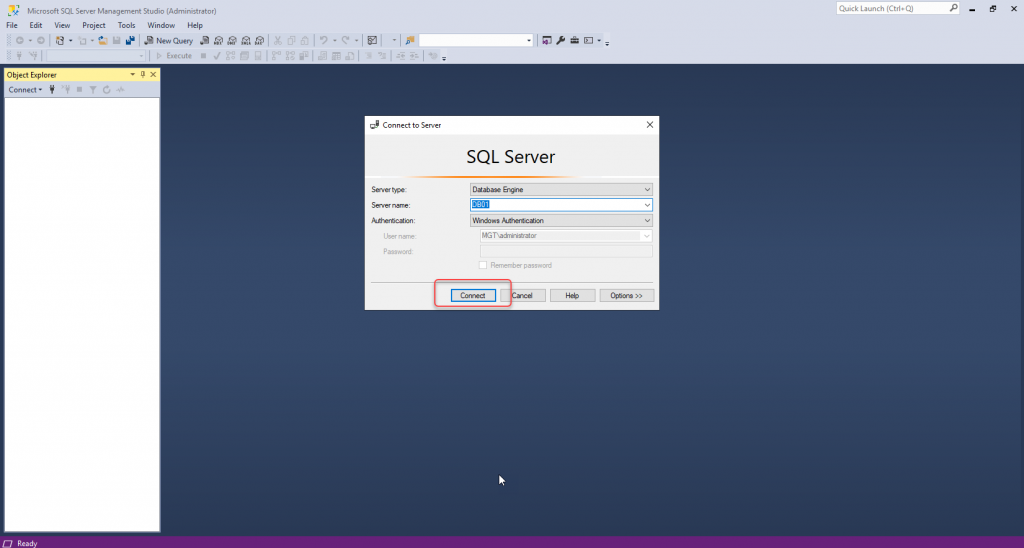
Once the object explorer of the SQL server opened on the SQL Server Management Studio, you can access the various SQL server management features to control and configure them.

Conclusion
In this article, we have demonstrated the installation of SQL Server and SQL server management tools. We have gone through the installation elements one by one, and the primary selection is SQL server edition and features.
We have posted a lot of other Windows server roles and server products on the Blog site here. You may have some questions or feedback to share with me, please click the comments below and share your thoughts. I am so happy to answer your questions.

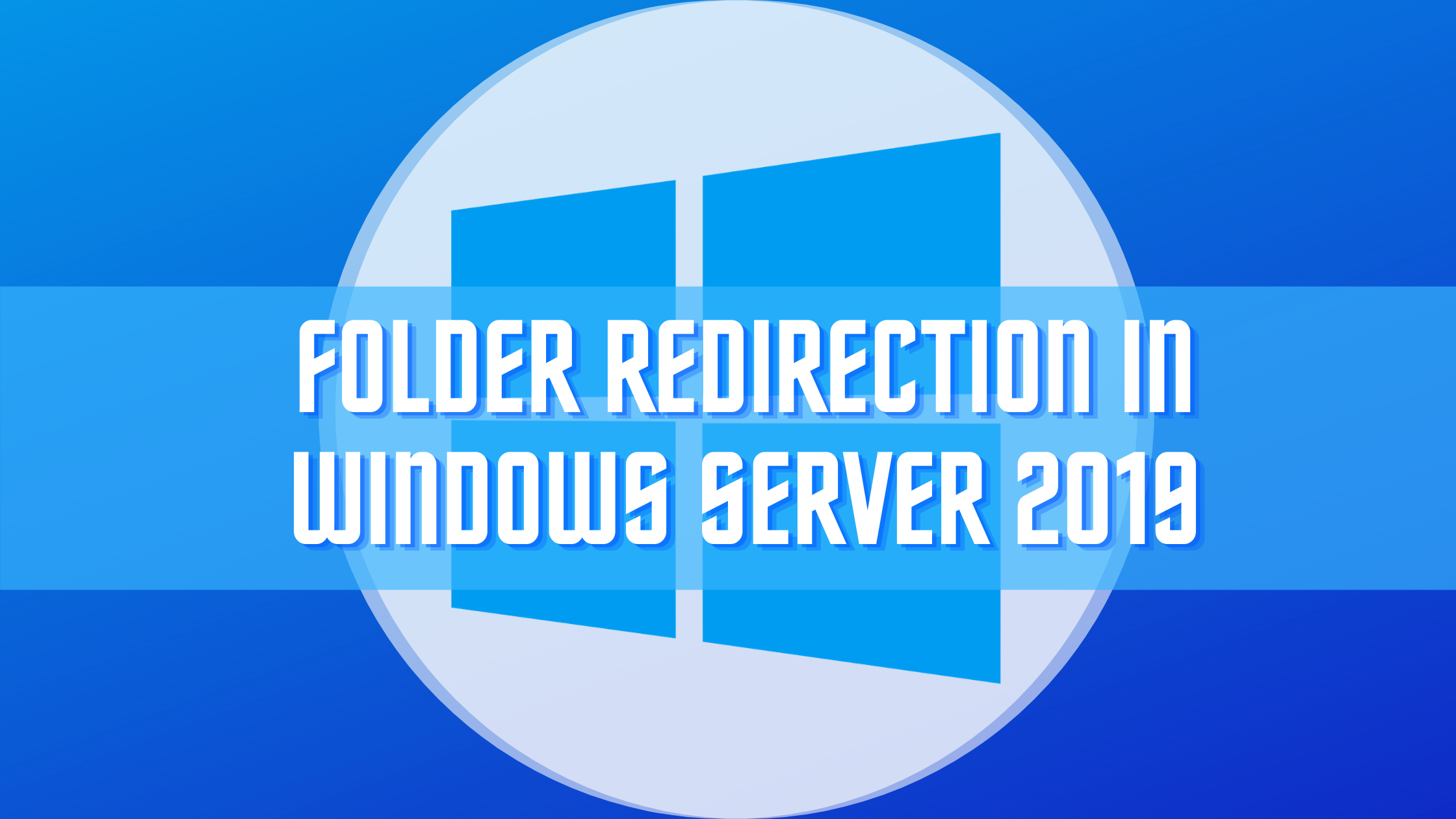
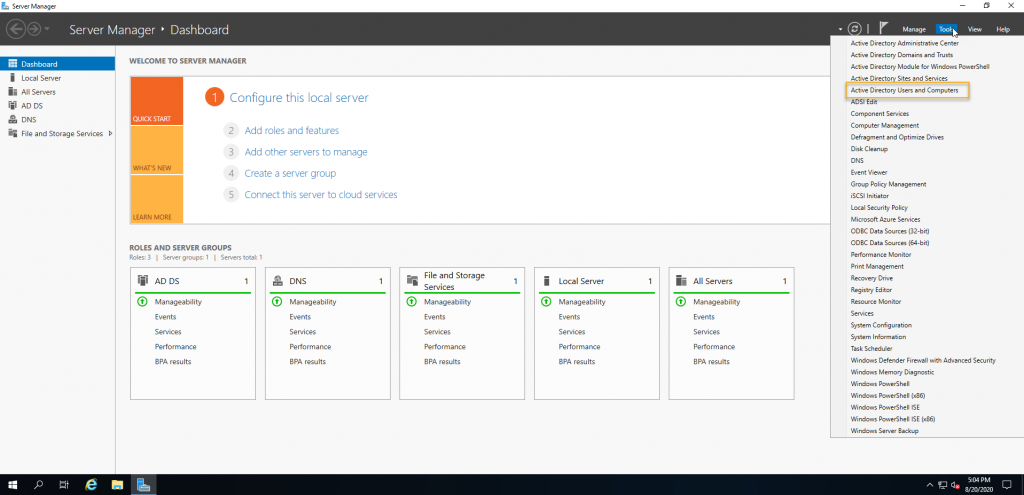





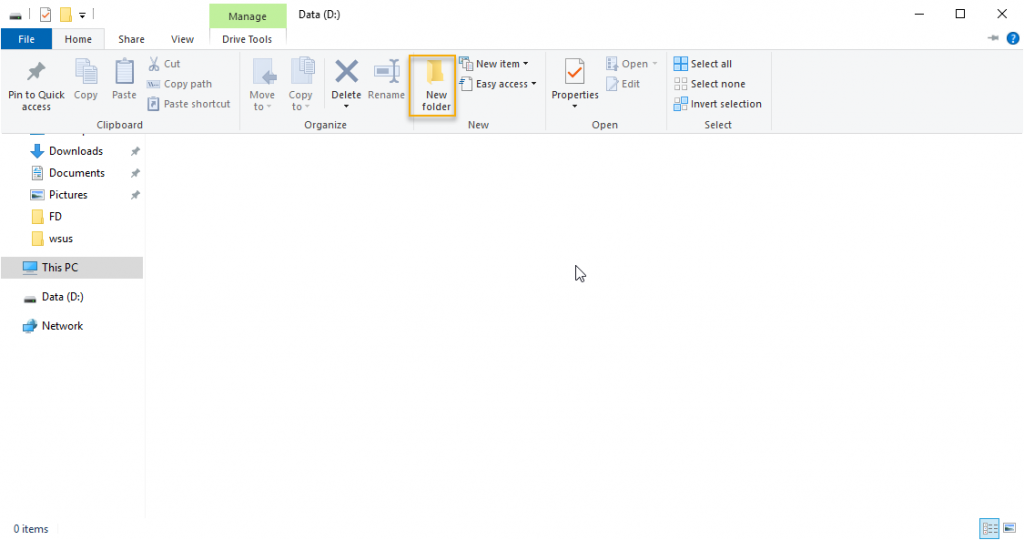
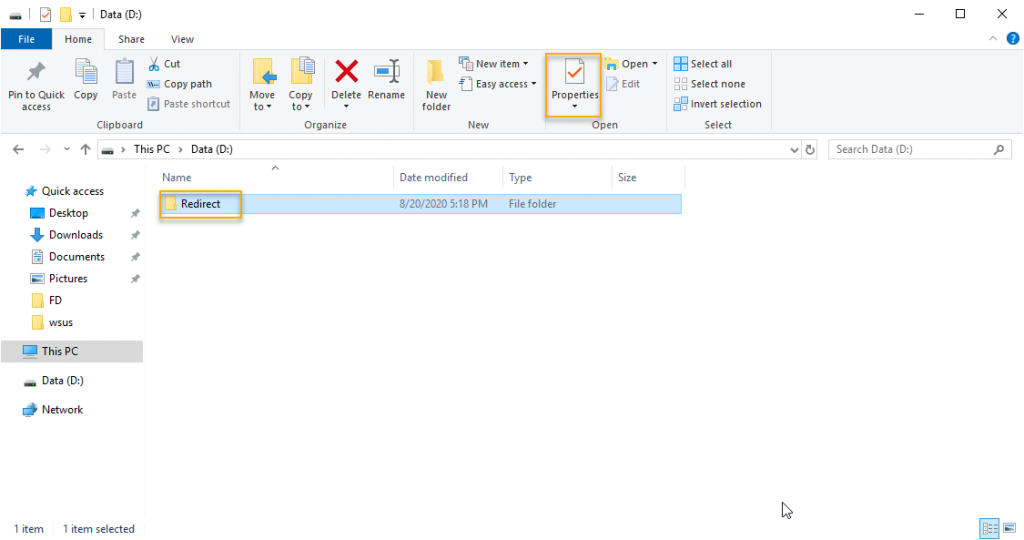
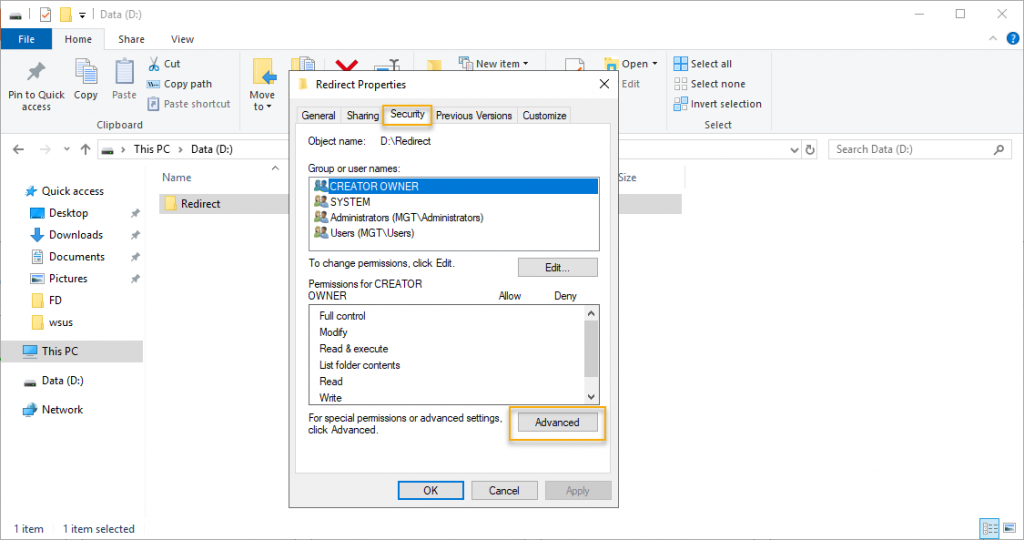

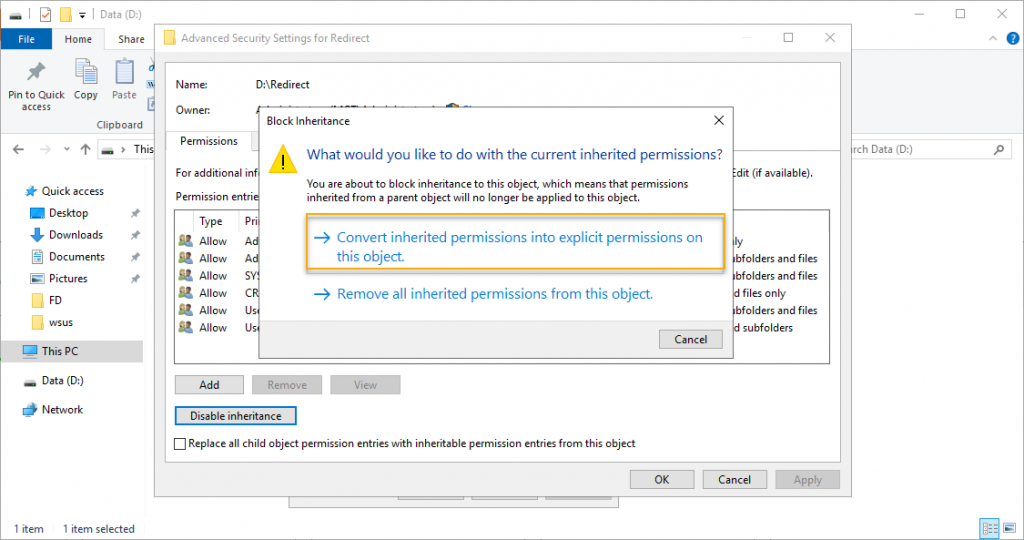



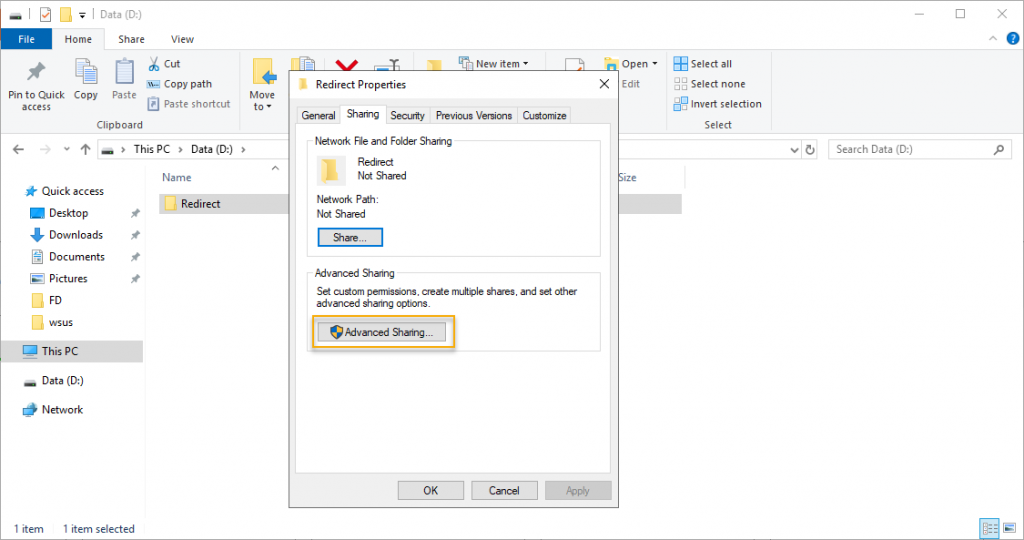
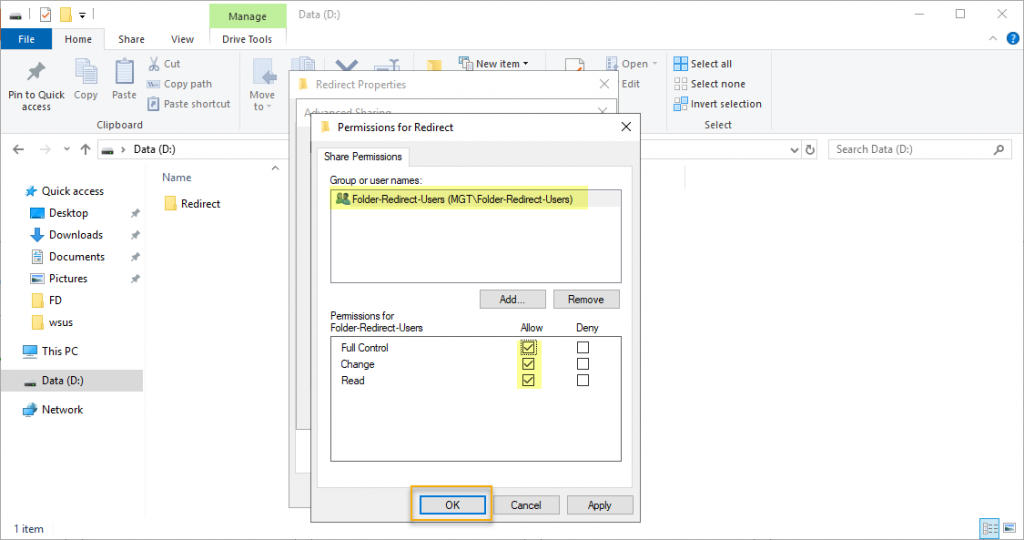
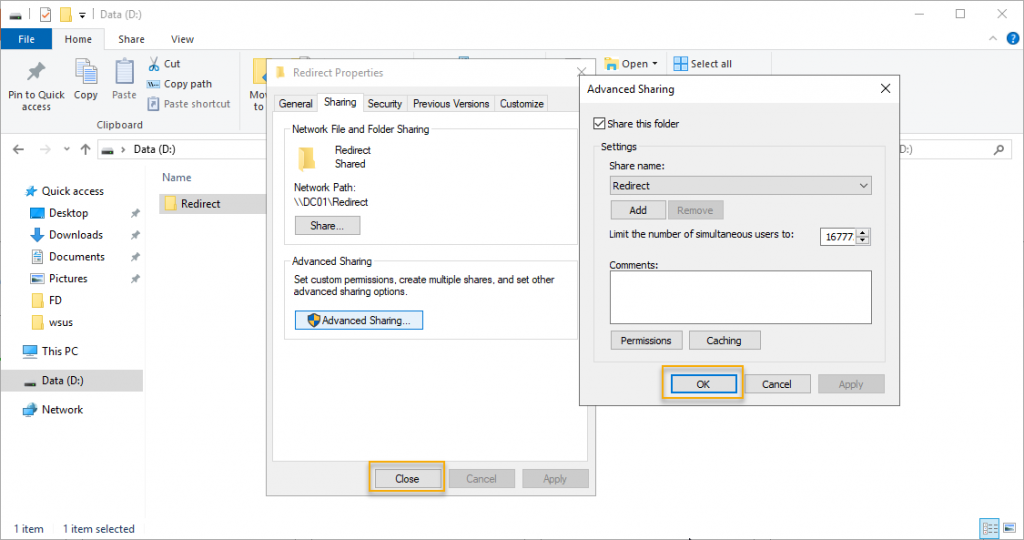
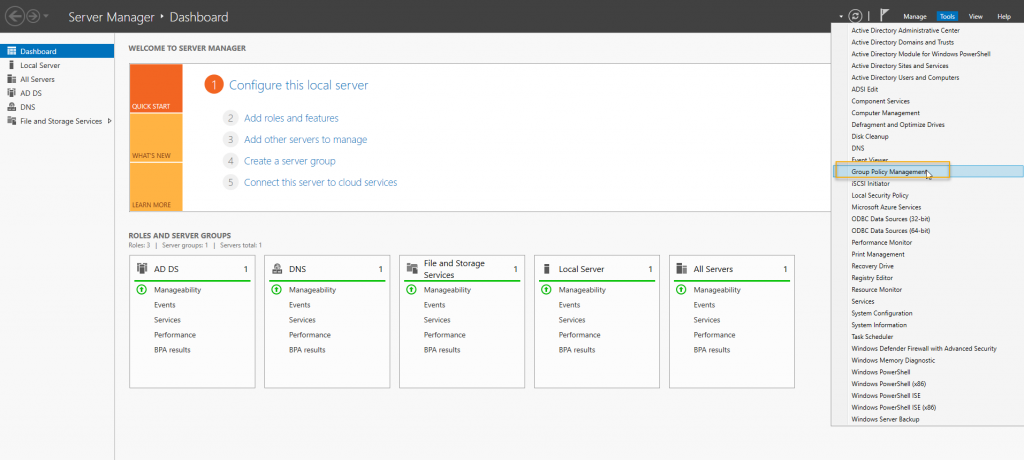



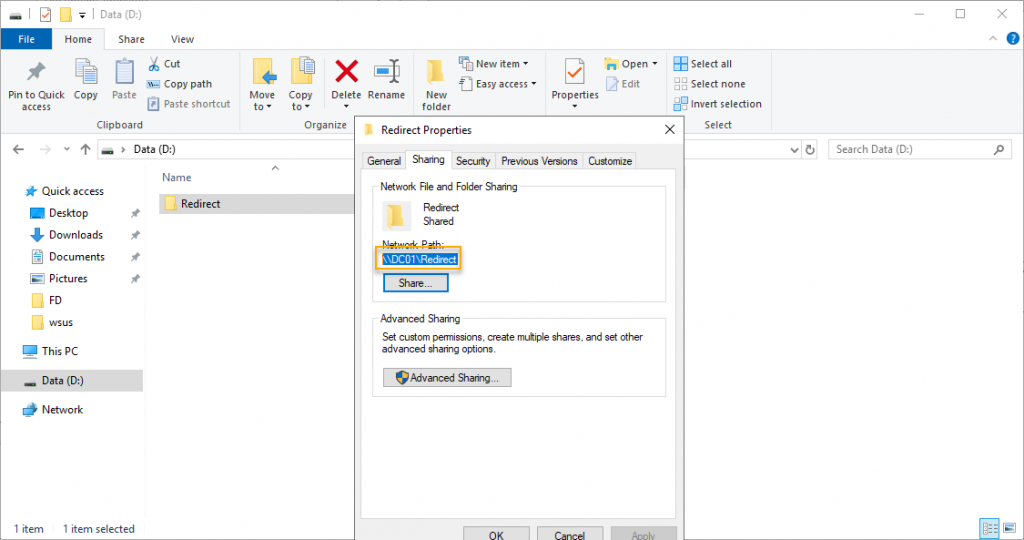




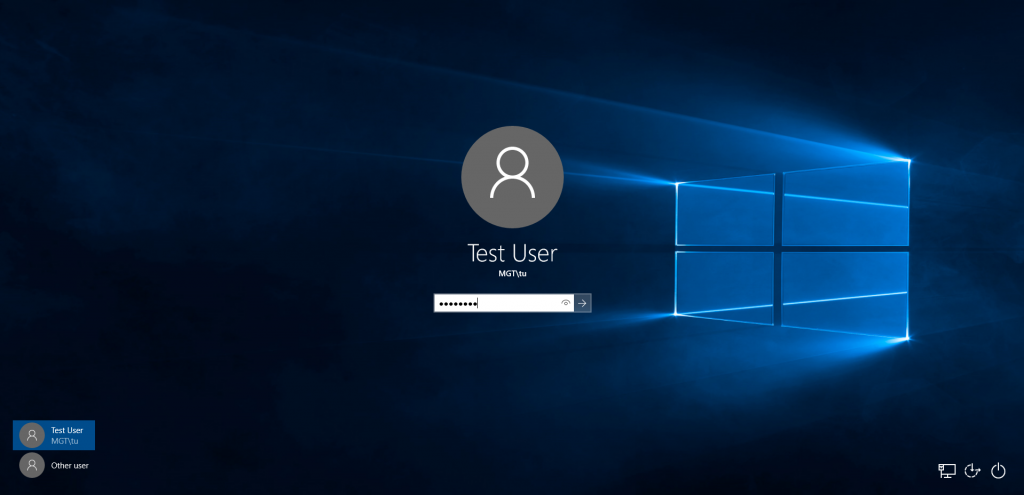
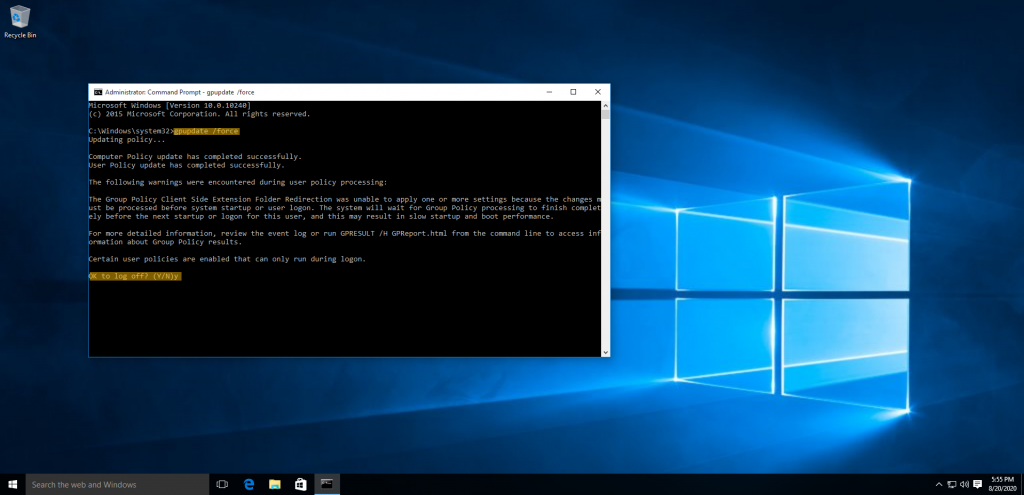

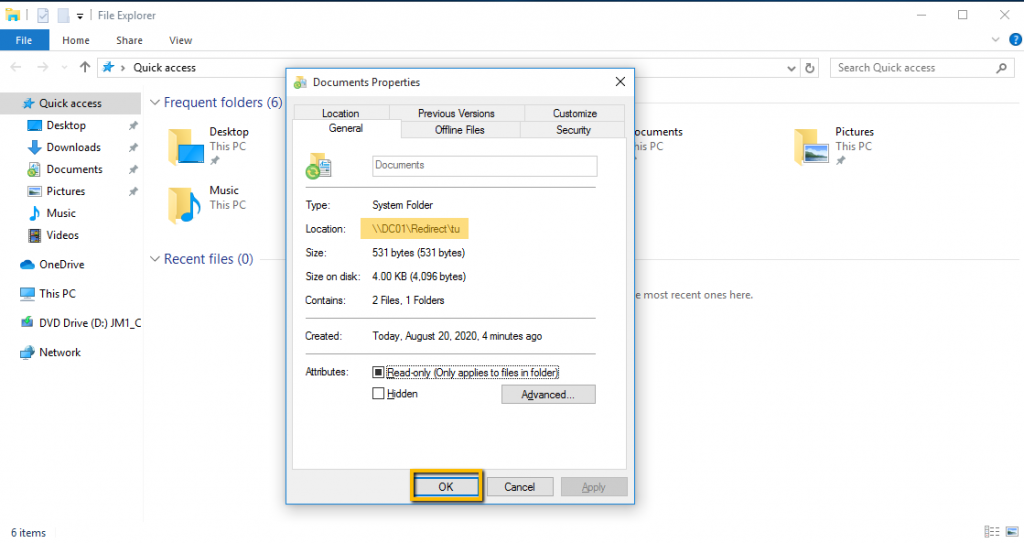
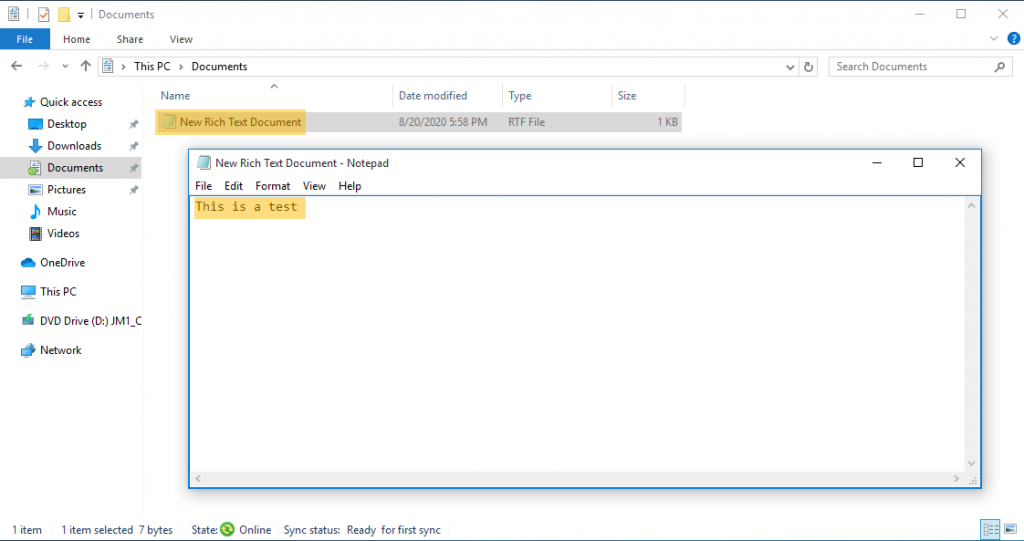
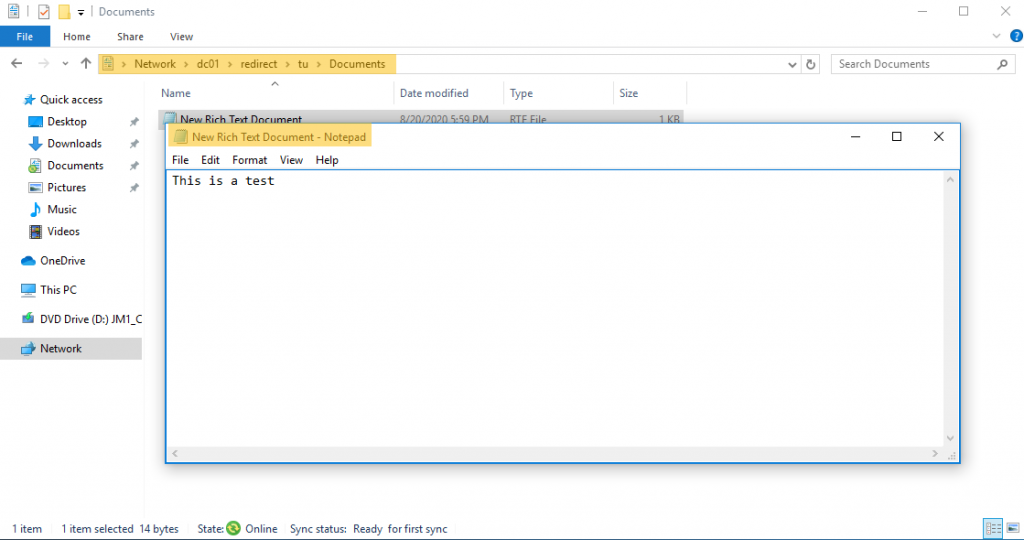

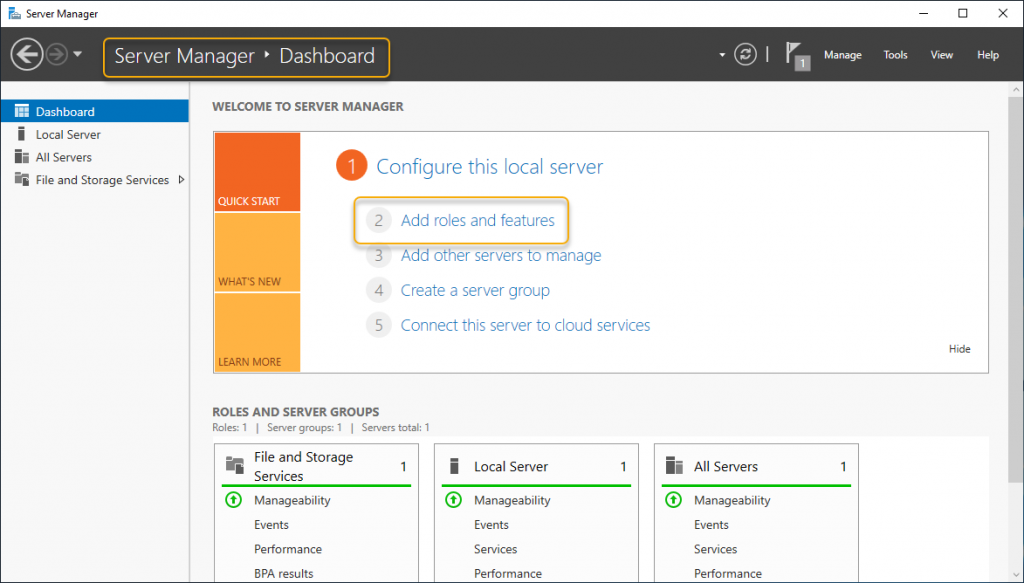



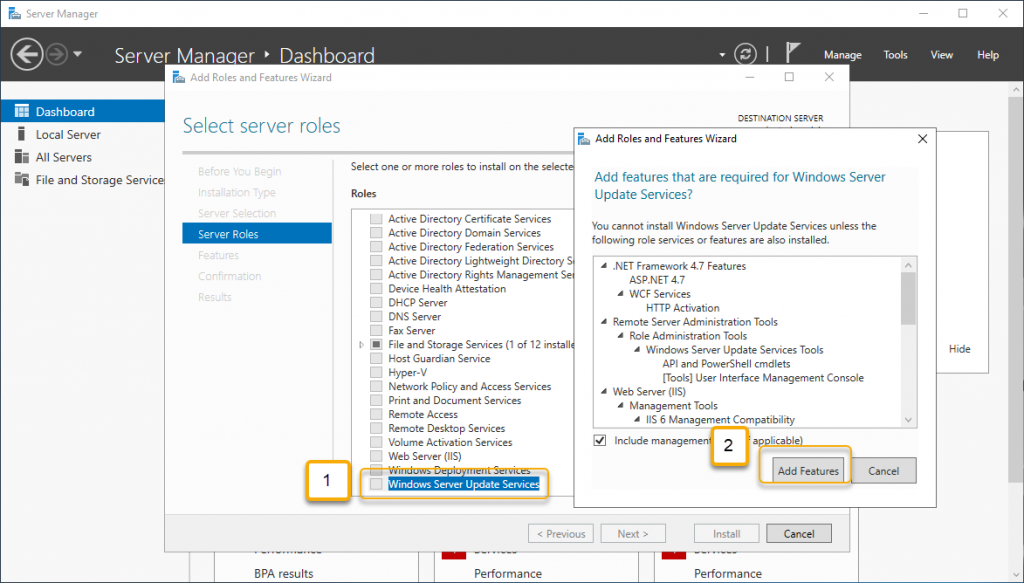










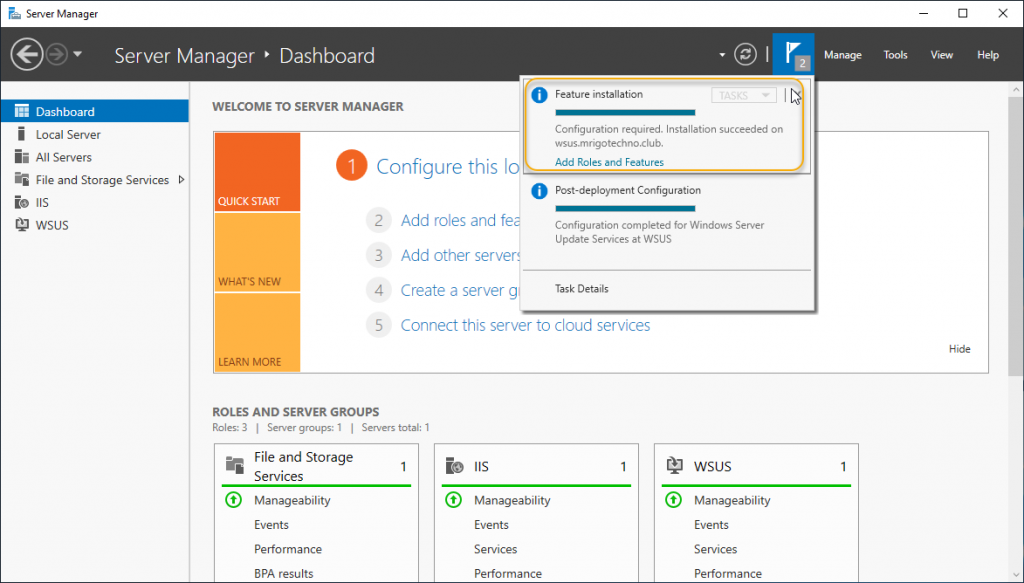
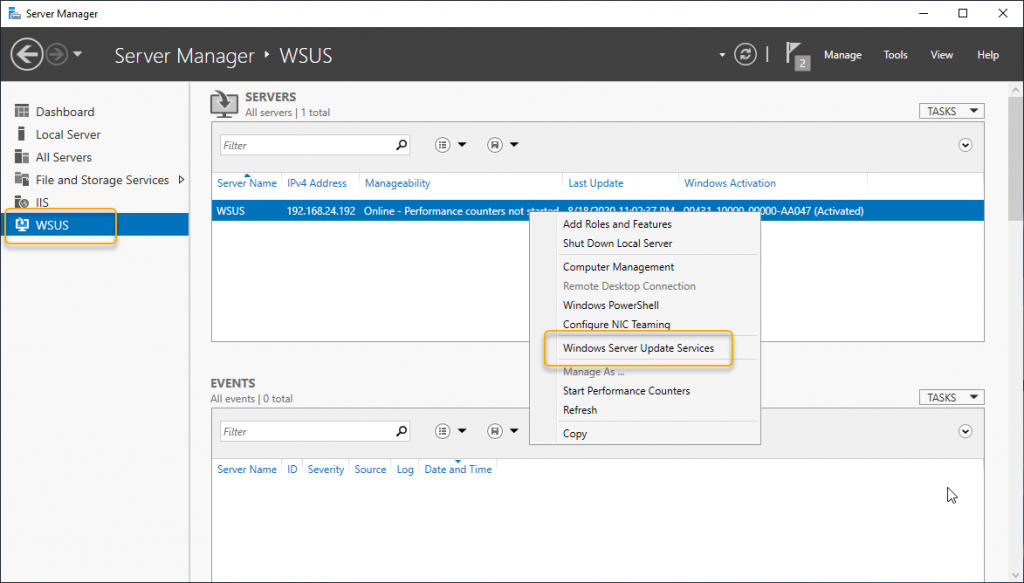













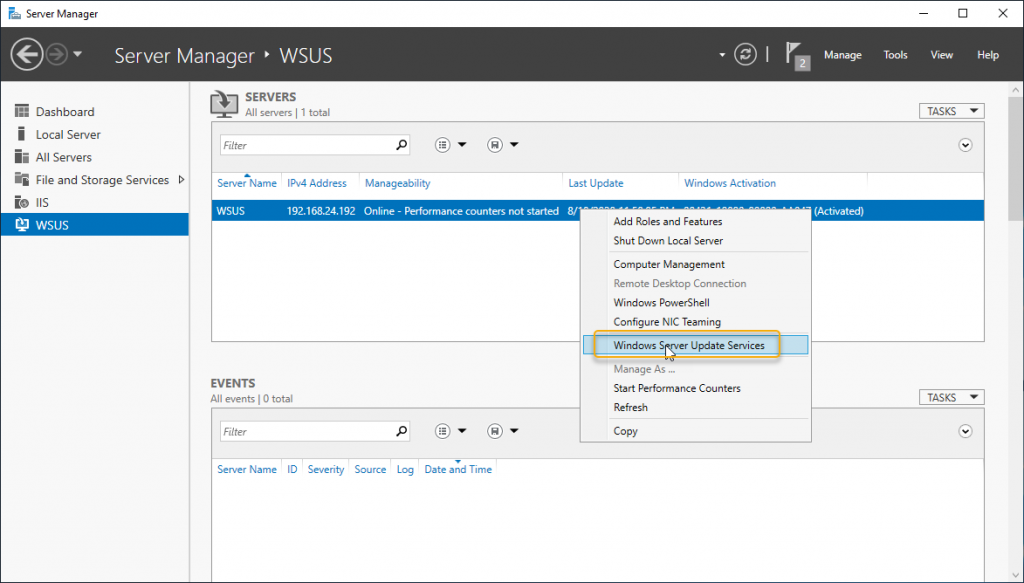
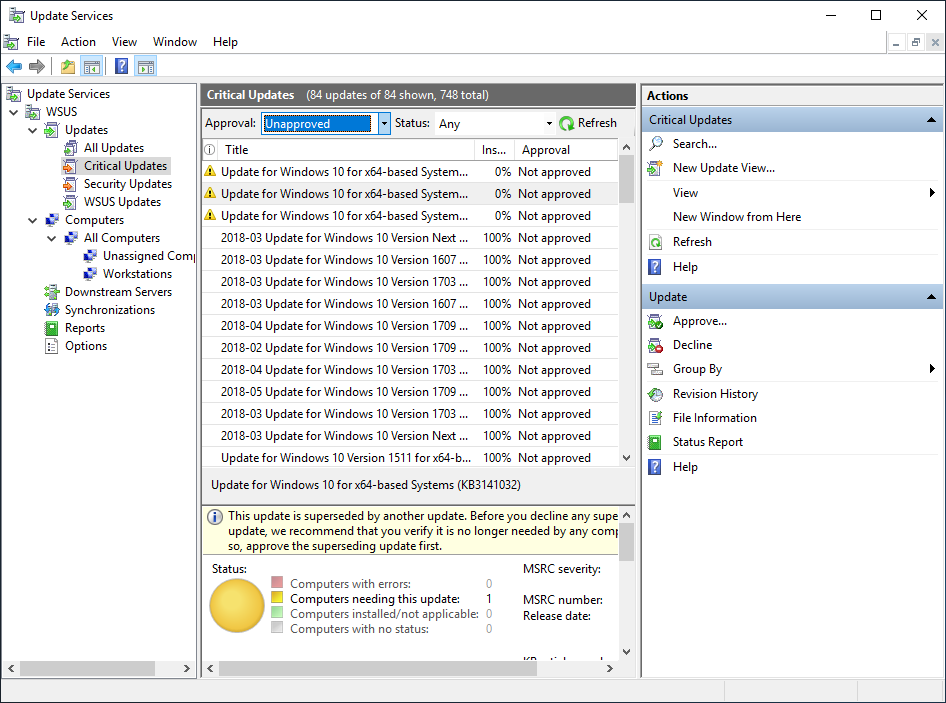
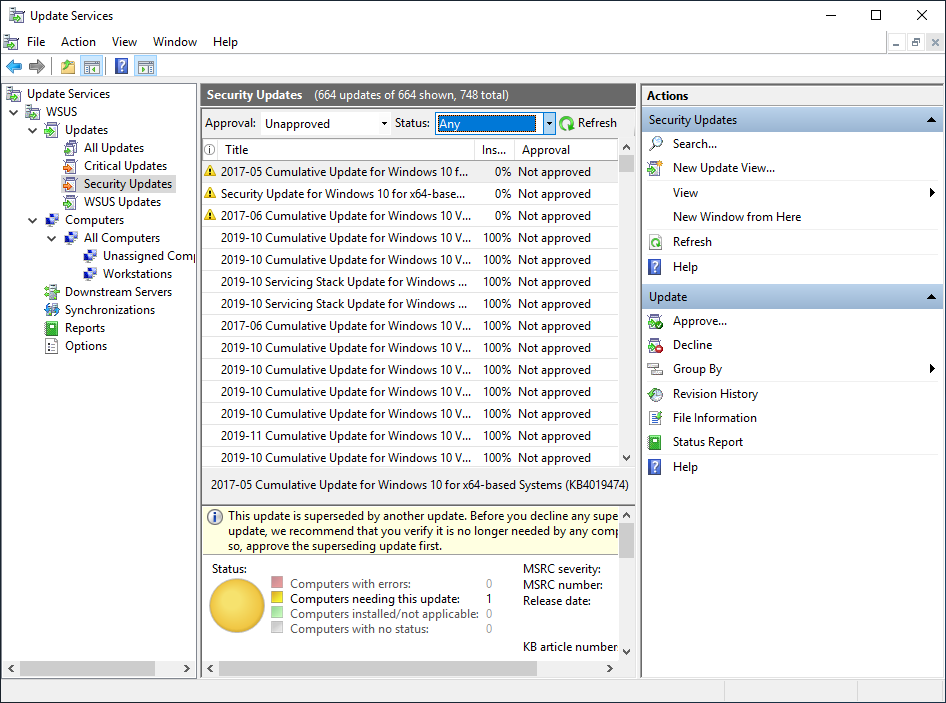

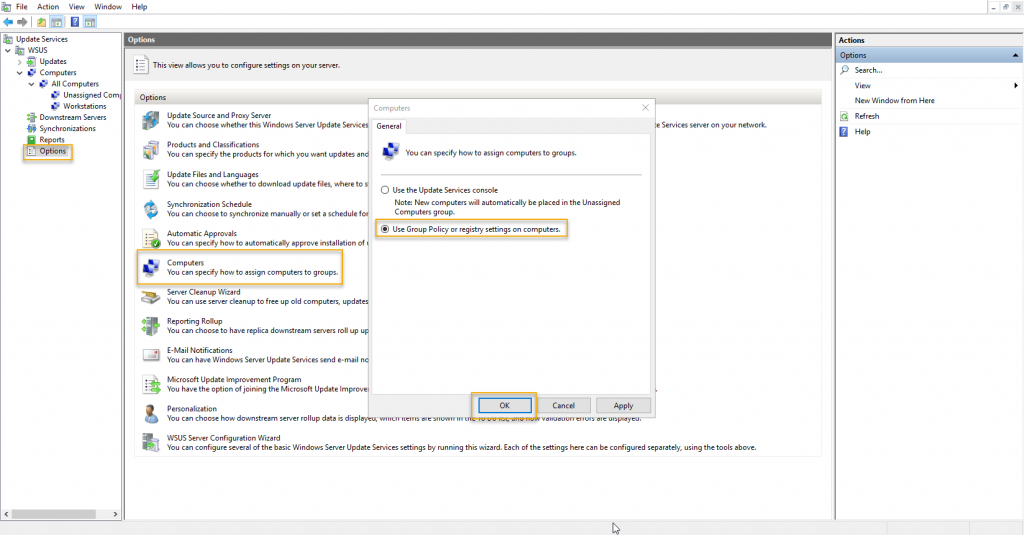
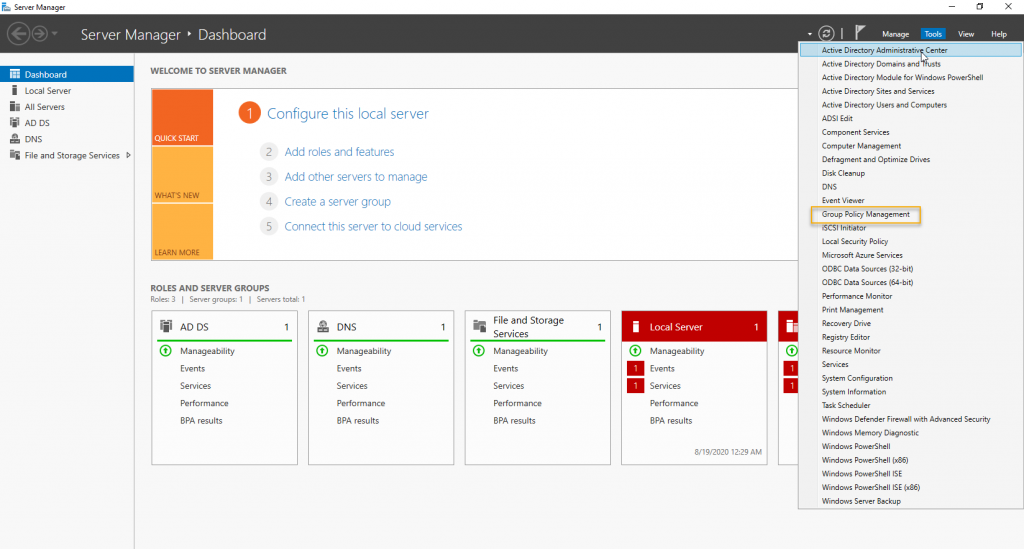


![Dutta has so far authored 16 books for adults, 13 of which are non-fiction while three are fiction.[5] His non-fiction books are based on a diverse range of subjects like The Brahmaputra published in 2001 by the National Book Trust; Cha Garam: The Tea Story revised and reprinted in 2013 by Orchid Publications; Unicornis: The Great Indian Rhinoceros published in 2001 by Konark; and The Roving Ministrel a biography on musician, singer and filmmaker Bhupen Hazarika, published by Rupa Publications in 2002.[6]
Anagarika's Swansong published in 2009 is a fictional novel by Dutta. Anagarika's Swansong is a satiric takeoff on the novel genre. This anti-novel debunks all the conventional elements that a novelist would otherwise employ, including a linear narrative, structural integrity, naturalistic characterization, emotional or situational conflict et al.
Anagarika in Sanskrit is one who renounces society and materialism in search of truth. In the book the author alludes to Prince Siddhartha who gave up his princely life to seek out in search for existential truths and to transform into Gautama Buddha, the enlightened one. The protagonist of The Anagarika's Swansong, is nameless and undertakes journey similar to that of Prince Siddhartha in the modern age to find the meaning of existence. However, because of his inferior intellect and he lives in Kaliyuga or "the era of untruth", he first lands up in to a local lunatic asylum, but finally stumbles into "poor man's enlightenment"![7]
The Ahoms published in 2016 is a historical fiction the delineates setting up of the Ahom Dynasty that ruled a large piece of Northeast India including all of present-day Assam. In 1228 A.D. an event occurred in the northeastern region of India, which not only changed the destiny of the Brahmaputra Valley and the surrounding mountains, but also of South East Asia. A group of Shan or Tai warriors, led by a brave leader named Sukapha, having left its original home in the Shan country in Myanmar, entered Upper Assam and set up the nucleus of what was later to become the powerful Ahom Empire. From the time Sukapha entered this region till it was annexed by the British in 1826, for nearly six centuries, his descendants reigned over a greater part of the Brahmaputra valley. Few dynasties in the world, let alone Asia, had enjoyed such a long period of almost unbroken rule. It was primarily due to the Ahom dynasty that the pre-colonial Assamese nation was born. Its reign witnessed the synthesis of the disparate tribes inhabiting the Brahmaputra Valley and the evolution of a distinct Assamese language, culture and nationalist identity. The Ahom Dynasty was one of the greatest political entities in medieval Asia, equal if not greater than the more well known counterparts in China or Japan. Its history is replete with tales of war, bravery, brutality, love, loyalty, treachery and treason. This book, The Ahoms, seeks to imaginatively acquaint readers with the saga of this fascinating dynasty and provide a glimpse of the major events during its six hundred year rule.[8]
Red Camellia Green published in 2016 is Mr Dutta's second fictional novel. Henry David Esscombe, a pioneer tea planter, comes to Assam in the latter half of the 1850s and opens out the Dhanboa Tea Garden. However, the unhealthy Assam environment takes its toll and, gravely ill, he summons his son David to take over the plantation. His daughter, Cordelia, desperate to see her dear papa again, accompanies her brother to Assam. As the brother-sister duo struggle to adapt to the changed circumstances, a host of individuals, including the phlegmatic Michael Bailin, the devilishly charming Christopher James Buckingham, the self-confessed anarchist Reverend Garry Swanson, the Assamese nobleman Gokuldeva Barua, the defiant conscripted tea workers Bircha and Meghu and a host of others, intrude into their lives. Against a backdrop of tea plantation life in the 1860s and the barbarous conditions whereby migrant workers were lured and enslaved, a chain of events unfold in this epical novel, leading to an unexpected, explosive climax which turns red the green leaves of Camellia.[9]](/wp-content/uploads/2020/08/38.png)
